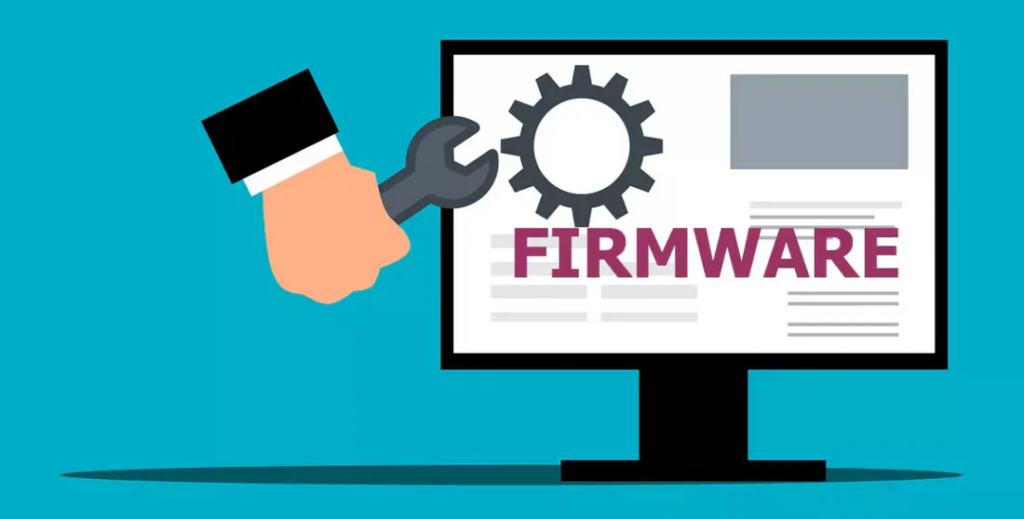ASUS Router Vulnerabilities Exposed - Protect Your Network

Hoplon InfoSec
03 Jan, 2025
Router security is a cornerstone of protecting personal and business networks in today’s interconnected world. ASUS, a prominent networking equipment manufacturer, recently issued a critical security advisory concerning several router models. This advisory focuses on significant injection and execution vulnerabilities identified in specific firmware series. If exploited, these vulnerabilities could pose severe risks to network security. In this blog, we will dive into the details of these vulnerabilities, explain their implications, and provide actionable steps to safeguard your router and network.
Understanding the Security of ASUS Router Vulnerabilities
ASUS has identified two critical vulnerabilities, CVE-2024-12912 and CVE-2024-13062, in specific firmware versions used by their routers. These flaws specifically affect firmware versions 3.0.0.4_386, 3.0.0.4_388, and 3.0.0.6_102. The vulnerabilities are associated with the AiCloud feature of ASUS routers, which allows users to access their files and network remotely.
The potential consequences of these vulnerabilities are alarming. Authenticated attackers—those with access to the router’s administrative credentials—could exploit these flaws to execute arbitrary commands. This ability could enable them to compromise the router and, subsequently, the entire network. Such a breach could expose sensitive data, disrupt network functionality, and even provide a gateway for further cyberattacks on connected devices.
The Scope of Impact
These vulnerabilities primarily affect routers used in both home and business settings. Since routers serve as the first line of defense between external threats and internal networks, any compromise can have cascading effects. This is particularly concerning for business networks, where multiple devices rely on a single router for secure connectivity.
For home users, compromised routers could expose personal data or allow unauthorized access to IoT devices, such as smart thermostats, security cameras, and voice assistants. A compromised router could lead to data breaches, operational disruptions, and financial losses in business environments.
ASUS’s Response: Firmware Updates

Recognizing the gravity of these vulnerabilities, ASUS has acted swiftly by releasing updated firmware for the affected router models. These updates are designed to patch security flaws and protect against potential exploitation. ASUS strongly urges all users to update their routers immediately to the latest firmware version specific to their model.
Updating your router firmware is a straightforward yet crucial step in ensuring network security. It involves downloading the latest firmware version from ASUS’s support page or the product’s specific page on the ASUS website. After downloading, you can upload the firmware file through the router’s administrative interface to complete the update process.
Best Practices for Router Security
Beyond applying firmware updates, ASUS recommends several best practices to enhance router security and minimize risks:
Use Strong and Unique Passwords
One simplest yet most effective way to secure your router is by using strong, unique passwords for the wireless network and the router’s administrative interface. Passwords should:
Be at least 10 characters long.
Include a mix of uppercase and lowercase letters, numbers, and symbols.
Avoid sequential patterns (e.g., “1234567890” or “abcdefghij”).
Enable Password Protection for AiCloud
The AiCloud feature, which allows remote access to your network, should always be protected with a robust password. This adds an extra layer of security, preventing unauthorized access to your files and network resources.
Disable Unnecessary Services
Turning off certain services can reduce exposure to external threats for users who cannot update their firmware immediately or those using routers that have reached their end of life. These include:
Remote access
Port forwarding
Dynamic DNS (DDNS)
VPN server
Demilitarized Zone (DMZ)
File Transfer Protocol (FTP)
By turning off these services, you limit potential entry points for attackers.
Regularly Update Security Procedures
Security is an ongoing process. Review and update your router’s settings, passwords, and firmware regularly. Staying informed about the latest security advisories and applying updates promptly can help you stay ahead of emerging threats.
Secure Your WiFi Network
Ensure your WiFi network uses WPA3 encryption, the latest and most secure wireless encryption standard. If your router does not support WPA3, use WPA2 as an alternative. Also, consider hiding your network’s SSID (Service Set Identifier) to make it less visible to unauthorized users.
Special Considerations for End-of-Life Routers
If your ASUS router is running firmware version 3.0.0.4_382 or has reached its end of life, ASUS recommends additional precautions:
Use strong passwords for both the router’s login and WiFi settings.
Disable internet-facing services as outlined earlier.
Consider upgrading to a newer router model that receives regular firmware updates and supports advanced security features.
The Bigger Picture: Why Router Security Matters

The vulnerabilities highlighted in this advisory underscore the critical importance of router security. Routers are often overlooked as a potential security risk, yet they are pivotal in protecting connected devices from external threats. As IoT devices become increasingly prevalent in homes and businesses, securing the gateway to these devices—the router—is more essential than ever.
Unpatched vulnerabilities can serve as entry points for cybercriminals, enabling them to launch attacks, steal sensitive data, or disrupt network operations. By maintaining up-to-date firmware and adopting strong security configurations, users can significantly reduce their exposure to these risks.
Conclusion
ASUS’s recent security advisory serves as a timely reminder of the evolving challenges in router security. If left unaddressed, the identified vulnerabilities could have severe implications for both personal and business networks. However, by taking proactive measures—including updating firmware, using strong passwords, and turning off unnecessary services—users can safeguard their networks against potential threats.
Staying vigilant and prioritizing router security protects your data and ensures a safe and seamless online experience. Whether you’re a home user or managing a business network, these steps today can help you stay secure in an increasingly digital world.
For More:
Share this :